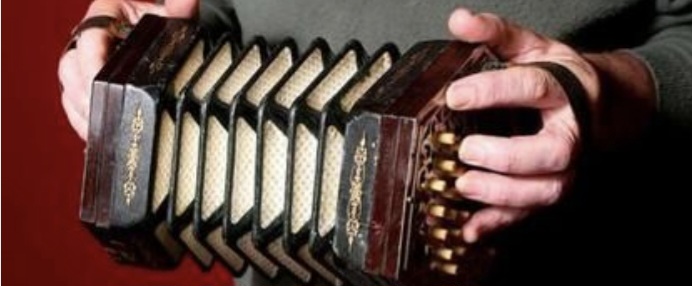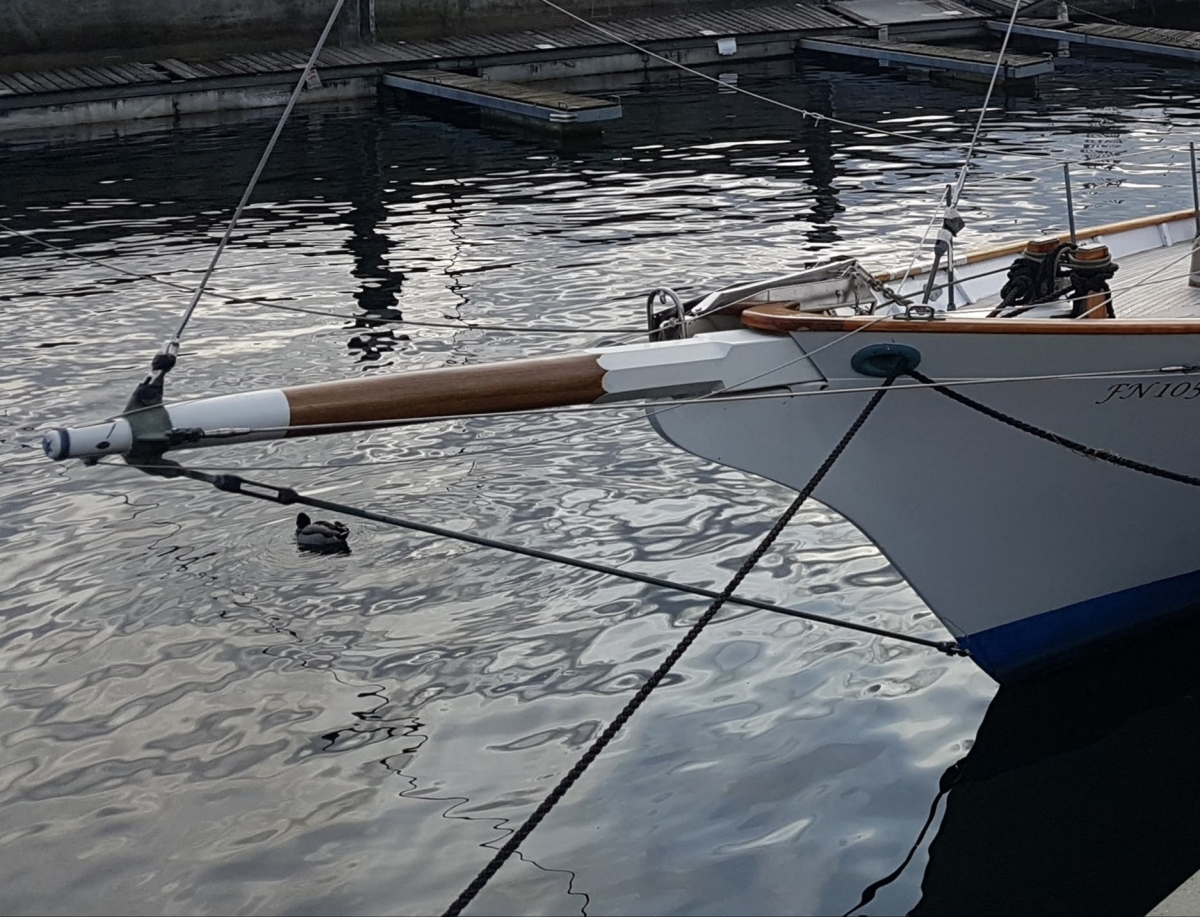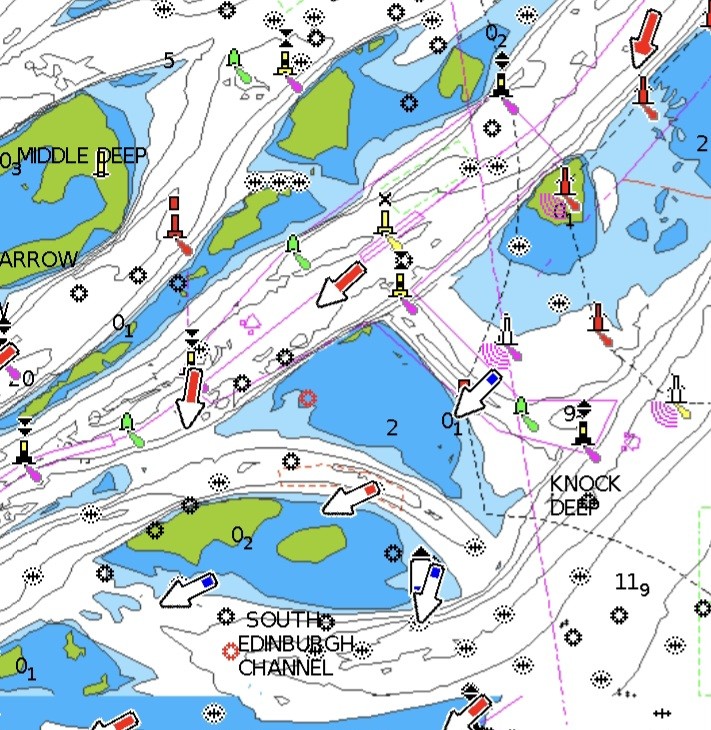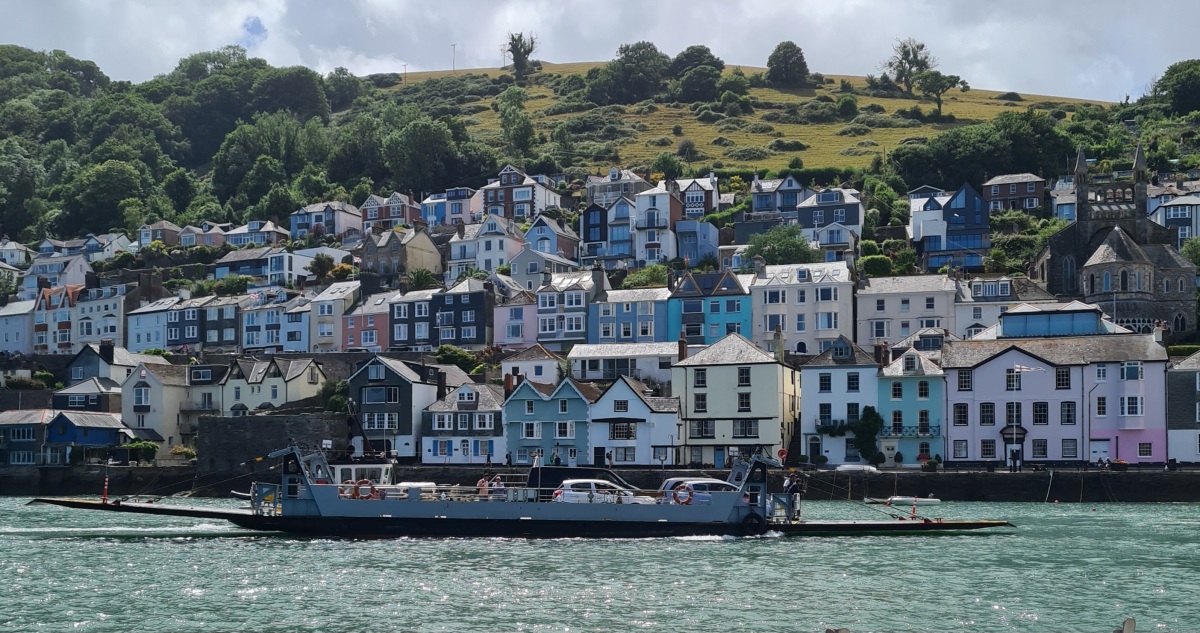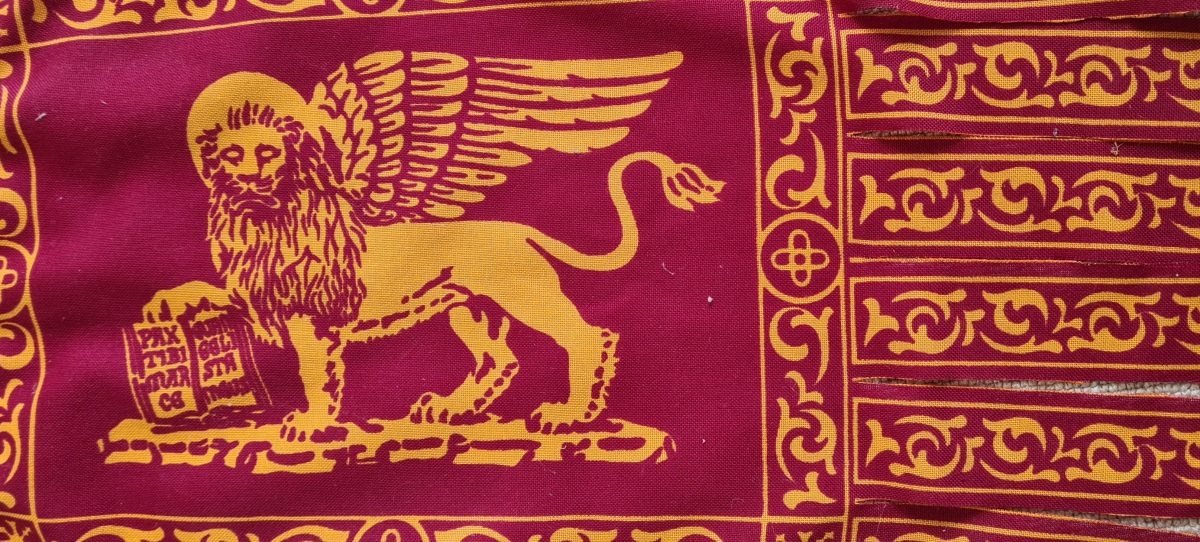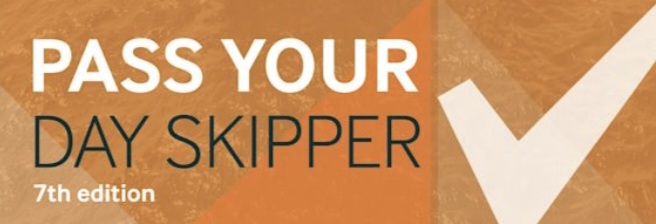My post from four years ago about the pronunciation of the word bowsprit still seems to be getting quite a bit of attention, judging by the number of times it’s consulted. I wrote that I don’t think rhyming the first syllable with ‘cow’ is authentic, though that’s how most people pronounce it nowadays.
Somehow or other, pronunciation of this word touches on a nerve, drawing out the pedant in all of us. So here’s more grist to the mill:
There was an interesting variant in a lovely episode of The Essay on BBC Radio 3, presented by Mac Macregor, a retired Essex boatbuilder and smack sailor.
His pronunciation was somewhere between bo’sprit and boysprit. It sounded to me closer to the former, with the ‘oy’ not very prominent. He definitely did not rhyme the first syllable with cow.
You can’t get much more authentic than the Essex sailing workboat tradition. The East Coast is where the Solent racing yacht owners of a century and more ago found their expert crews, because nobody could beat a smack skipper racing for market – apart from another smack skipper, of course.
I learnt to sail on the east coast. Maybe that’s why I’ve always resisted rhyming the first syllable with cow, even if I don’t sound quite like Mac. Judge for yourselves: the programme went out on BBC Sounds on 2 Feb 2024 and will be available for at least a year. And here is my original post: Bowsprit – pronounced bow, bo’ or bogh?


